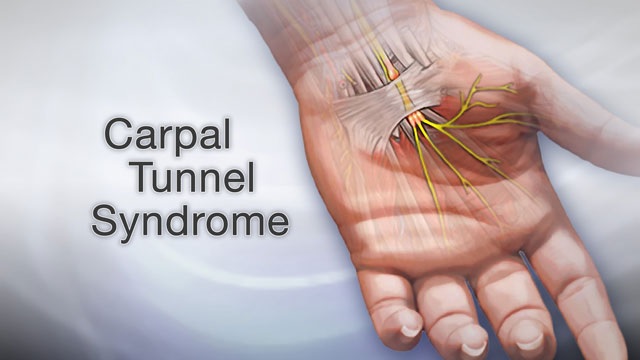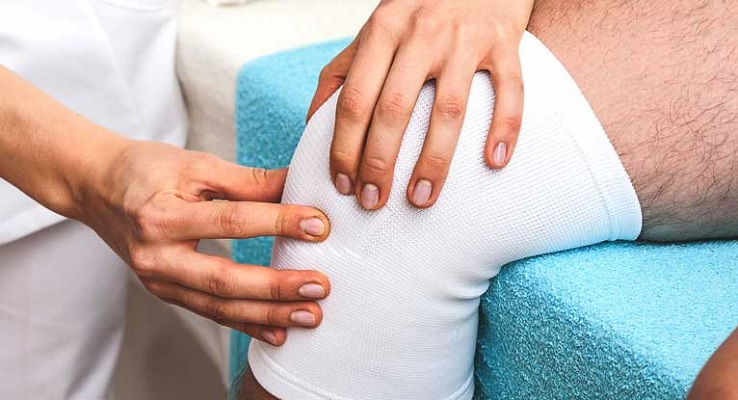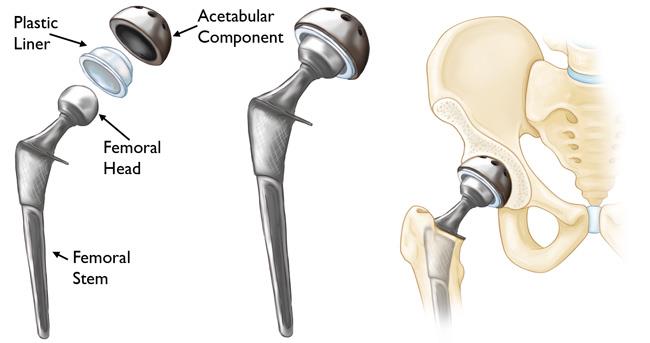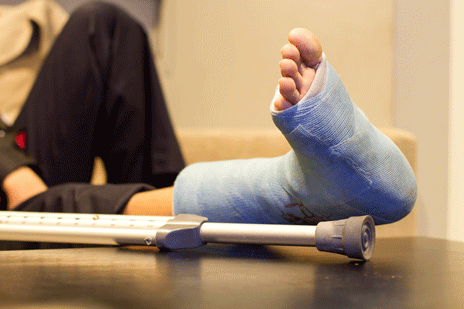Carpal tunnel syndrome is compression or irritation of the nerve that passes through the carpal tunnel. It generally results from a repetitive movement of the wrist resulting in friction. The problem usually occurs in the transverse ligament which, for one reason or another, will tighten on the nerve located in the carpal tunnel, thus reducing space.
According to this article by physiotherapy doctor in Dwarka, tunnel syndrome affects between 1 and 3% of the population. The syndrome is more observed in people performing repetitive work with the hands, such as regular use of a computer mouse or performing repetitive movement.
Risk factors and symptoms
The main cause of carpal tunnel syndrome is the repetitive movement that causes friction.
In addition, there are also predisposing factors such as:
- neck problems: if it gets stuck in the neck, the carpal tunnel nerve leaves less play in the wrist which will cause stress which can lead to the syndrome;
- general health problems: for example, rheumatoid arthritis and diabetes are two diseases that can cause some damage to the nerves, including that of the carpal tunnel;
- pregnancy: can cause edema causing swelling and compression in the nerve which causes more friction;
- wrist injuries (old or recent): in particular a wrist fracture modifying the dynamics of the bones, thus tightening directly or indirectly the space at the level of the carpal tunnel.
Carpal tunnel syndrome is generally characterized by the numbness of the hand it generates. A person with this condition will usually have the following fingers numb: the thumb, index, middle and half of the ring finger.
The other related symptoms are:
- pain (often at night, even waking the person up)
- weakness or decrease in grip strength (when the index and middle fingers become weaker, the syndrome is often considered to be fairly advanced).
Treatment and prevention
It is recommended to consult a physiotherapist in Dwarka in case of pain or the appearance of other symptoms related to the carpal tunnel. This will assess the source of the symptom, for example by examining your neck and wrist movements or by performing specific tests such as the Phalens maneuver (examination performing maximum flexion of the wrist for a time ranging from 30 seconds to one minute). He will then tell you which treatment to favor.
For mild and moderate cases
- wearing a wrist brace is often recommended. However, the choice of orthosis is important. It is preferable to favor an orthosis specially designed for the carpal tunnel which will be completely straight. The right orthosis causes less pressure than the inclined model. Ideally, the right orthosis should be worn at rest, since at work it can limit movements due to its neutral position;
- ultrasound;
- mobilization of the carpal bones to increase space and reduce pressure on the nerve;
- specific neural mobility exercises to improve nerve mobility.
In more advanced cases
- surgery can be considered: if the nerve is damaged, in case of loss of strength or if the basic treatment does not work, surgery is a solution. It is a rather simple operation during which the surgeon makes a small cut about 2 cm wide at the transverse ligament in order to relax it, reduce compression and friction of the nerve;
- exercises to strengthen the gripping movement: following surgery, the physiotherapist in Janakpuri works to restore the muscular strength necessary for the wrist through specific exercises.
Carpal tunnel syndrome: some prevention tips to remember
Here are a few things to consider:
- Take frequent small breaks (about 30 seconds to 1 minute) when your work requires repetitive wrist movement (for example: someone who is entering data all day).
- Vary tasks as much as possible to minimize repetition.
- Optimizing your workstation to make it more ergonomic.
- Have good posture at work and everyday.
- Consult the best physiotherapy doctor in Dwarka at the onset of the first symptoms to identify the source of the disease and thus treat it before the situation gets worse.
- Keep in mind the factors predisposing to carpal tunnel syndrome and be extra vigilant if you know you are at risk.









